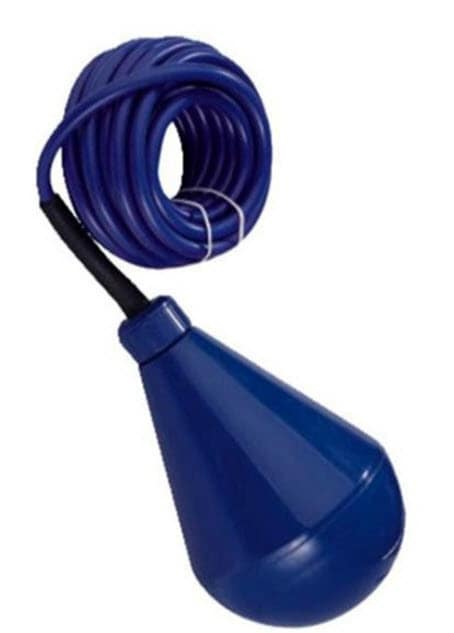Hi.
Sorry I'm new to electrical circuits, I am sure that my problem can be solved by a single over the shelf module, but I can't seem to find one.
I have a water tank with a float switch, and this float switch is connected to a contactor. At points of filling or draining, and the water level reaches the float switch, the switch turns on and off incredibly rapidly, cauing a real commotion at the contactor.
I was just wondering, is there some sort of module that only allows an 'on' signal from the float switch if it is constant for a set duration of time (say, for example, 5 seconds?) and not allow any current through if that threshold has not been reached?
Thanks in advance guys,
Patrick
Sorry I'm new to electrical circuits, I am sure that my problem can be solved by a single over the shelf module, but I can't seem to find one.
I have a water tank with a float switch, and this float switch is connected to a contactor. At points of filling or draining, and the water level reaches the float switch, the switch turns on and off incredibly rapidly, cauing a real commotion at the contactor.
I was just wondering, is there some sort of module that only allows an 'on' signal from the float switch if it is constant for a set duration of time (say, for example, 5 seconds?) and not allow any current through if that threshold has not been reached?
Thanks in advance guys,
Patrick

